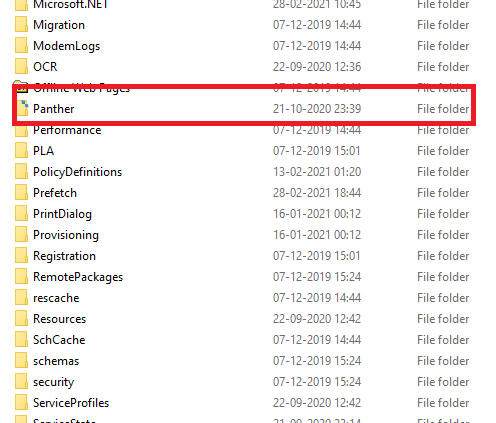Does My Motherboard Support UEFI? It is the same question that is asked by many people these days because you may have learned about UEFI recently and curious to know about that. If you are one of those people, then I’m going to help you understand that. Before we dive into the main topic, let me tell you about UEFI briefly.
What is UEFI and How does it differ from legacy boot?
As you may already know that BIOS (basic input/output system) is a program that is installed on Windows computers that helps to startup the computer. It is a very old technology that takes a long time to boot up the system. Many consumers have faced a lot of troubles in the older legacy boot and OEM’s wanted something better than that to serve the consumers. Hence, more than 100 companies including Apple have joined their hands together to build UEFI.
UEFI stands for “Unified Extensible Firmware Interface” which is an alternative to the older legacy boot which is a lot better in many ways. Let’s about that a little.
Benefits of UEFI bootup:
* The BIOS supports only up to 16-bit processors whereas the UEFI supports either 32-bit or 64-bit processors.
* The MBR used in BIOS for disk partitioning has a limit of 2.2 TB whereas, in UEFI, you have a limit of up to 9.4 ZB using the new technology called GPT (GUID Partition Table).
* UEFI boots faster than BIOS and it has fault management.
* The UEFI interface is power efficient and has system management.
* For long-term usage, UEFI is highly reliable.
These are some of the major advantages of UEFI over BIOS. If you still want to know more about UEFI, then I would suggest you watch the below video.
Video by: 1ENews
Does My Motherboard Support UEFI? 2 Ways to Find Out
There are 2 methods to find out your answer. Let’s start with the first method.
Method 1: Check setupact.log file
Step No. 1: Open File Explorer and go to the following folder: C:\Windows\Panther.
Step No. 2: After that, open the folder named “Panther” (see below image for reference)

Step No. 3: Now search for this term “setupact.log” and open it which is a notepad file.
Important note: If you have any issues while accessing the notepad file due to user restrictions, then I would highly recommend you watch this video. It’ll definitely solve your issue.
Step No. 4: After opening the file, check for the following term”Detected Boot Environment”.

Step No. 5: After finding out the “Detected Boot Environment”, you can see the words “BIOS or UEFI/ EFI” mentioned there.
It’ll look similar to this,
Callback_BootEnvironmentDetect: Detected boot environment: BIOS
OR
Callback_BootEnvironmentDetect: Detected boot environment: UEFI/ EFI.
If your computer supports and uses the UEFI interface, the word UEFI will appear there If not, your PC runs on BIOS.
Method 2: Check MSInfo32
The second method to find out Does Your Motherboard Support UEFI or not is by running a simple command task.
Open your Windows search tab, search for cmd and enter.
Now type MSInfo32 and enter it. A screen will open like this.

As you can see, “UEFI” is mentioned in the “BIOS Mode” which means your motherboard supports UEFI. if “Legacy” comes instead of the UEFI, then it means your motherboard doesn’t support UEFI and it is running on BIOS.
Final Words:
As I already said, having a UEFI-supported motherboard is much better in many ways. It is better to know about that before or even after purchasing a motherboard. I hope I may have helped you to answer your question about Does My Motherboard supports UEFI or not with these 2 simple and effective techniques. Please share this post with anyone who may find it useful. Thanks.











